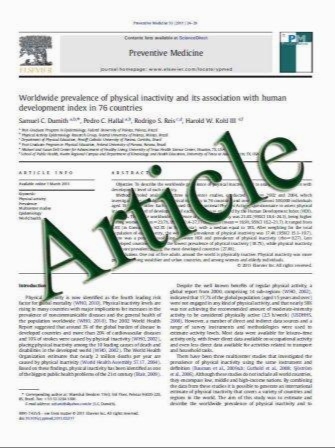Obesity: Overview & Management
- نوع فایل : کتاب
- زبان : انگلیسی
- مؤلف : Kalpana Bhandari* and Shipra Srivastava
- چاپ و سال / کشور: 2007
Description
Obesity and its comorbid conditions are increasing with an alarming rate throughout the world. The high incidence of obesity and scarcity of effective and reliable treatment have fuelled the development of anti-obesity drugs for many years. Different pharmacological approaches rely on four main lines of action- i) control of energy intake through modification of appetite; ii) control of energy expenditure through thermogenesis; iii) control of fat absorption in the gut through lipase inhibitors and iv) other pharmacological approaches. While many drugs have been introduced for the treatment of obesity, only two have so far been approved by the FDA for long term treatment - orlistat, which acts to prevent dietary fat absorption and sibutramine, which seems to affect both arms of energy balance equation i.e. energy intake as well as energy expenditure. However side effects have limited their use and both the medications have failed to gain a large market. A high proportion of current research is also centered on peptidic control of appetite and the modulation of signals from the adipose tissue. Hunger and satiety signals such as ghrelin, obestatin, peptide YY, the CB1 receptor antagonists such as rimonabant, CP-946,598, highly specific 5-HT2C receptor agonist such as APD356, pancreatic lipase inhibitor e.g. cetilistat (ATL-962) and GT389-255 are potentially attractive therapeutic strategies for treatment of obesity. Also, better understanding of human genetics can make an invaluable contribution to the study of human obesity, pointing toward more targeted and effective therapies. In addition to the analysis of current treatment strategies, this review also focuses on the areas of potentially high productivity in the future.
Current Bioactive Compounds 2007, 3, 278-290


